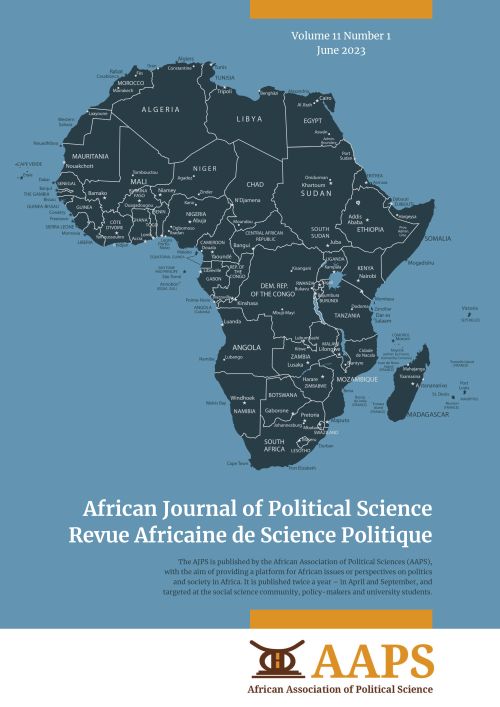Main Article Content
The Free Movement of People in SADC Reflecting on the Experiences, Dilemmas and Strategic Considerations
Abstract
The Southern African Development Community (SADC) member states committed under Article 5(2) (d) of the SADC Treaty to develop policies aimed at the progressive elimination of the obstacles to the free movement of capital, labour, goods and services. The 2005 SADC Protocol on the Movement of People was celebrated as a giant step towards the realization of the regional integration objective of building SADC into a regional community that is fully integrated where citizens enjoy the freedom of movement across regional borders. Whilst substantial efforts have been invested in developing various legal and policy frameworks to open up borders for the free movement of people within SADC, thirty (30) years since the formation of SADC in April 1980 as the Southern African Development Coordination Conference (SADCC); the region is facing serious challenges relating to the free movement of people, migration and labour movement. In reality, SADC member states’ governments have been confronted with serious feasibility challenges, complexities, risks and dilemmas as they attempt to implement commitments made towards the free movement of people in the region, with political, security, economic, strategic, and technical factors often cited as obstacles. This paper sought to critically reflect on the feasibility aspects, policy dilemmas at member state level as well as strategic considerations that stand on the way of free movement of people in SADC. The focus was on examining possibilities, capacities and prospects of SADC member states (in their collectivity and individuality) in addressing the underlying, structural and operational obstacles that are impeding the free movement of people in the region. Secondary data sources are used for analysis, and the three concepts of free movement of people, migration and regional integration provide conceptual lenses for analysis. Findings are key in providing perspectives on how SADC member states may need to collectively address the fundamental questions and issues that facilitate the free movement of people in the region.



